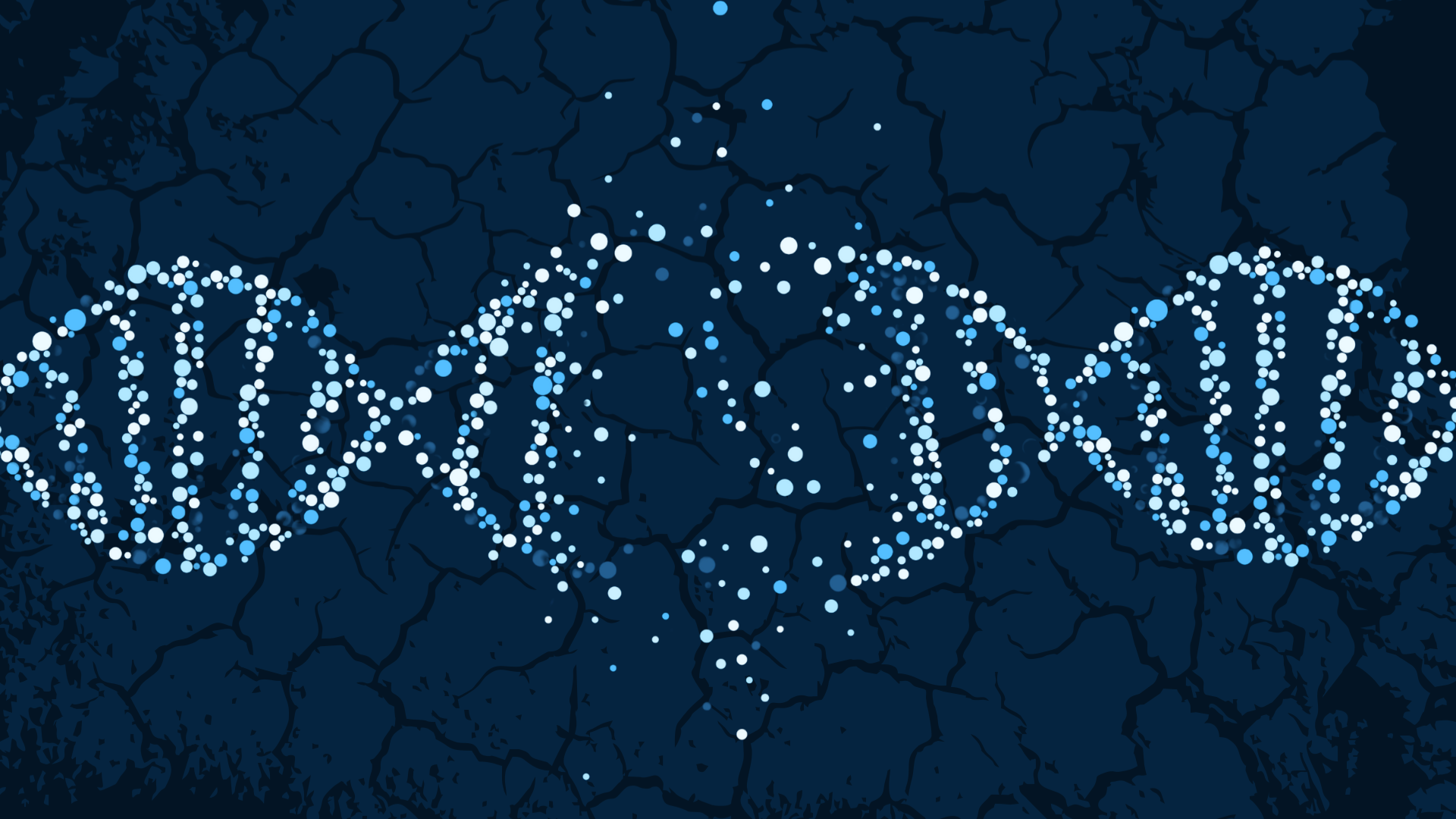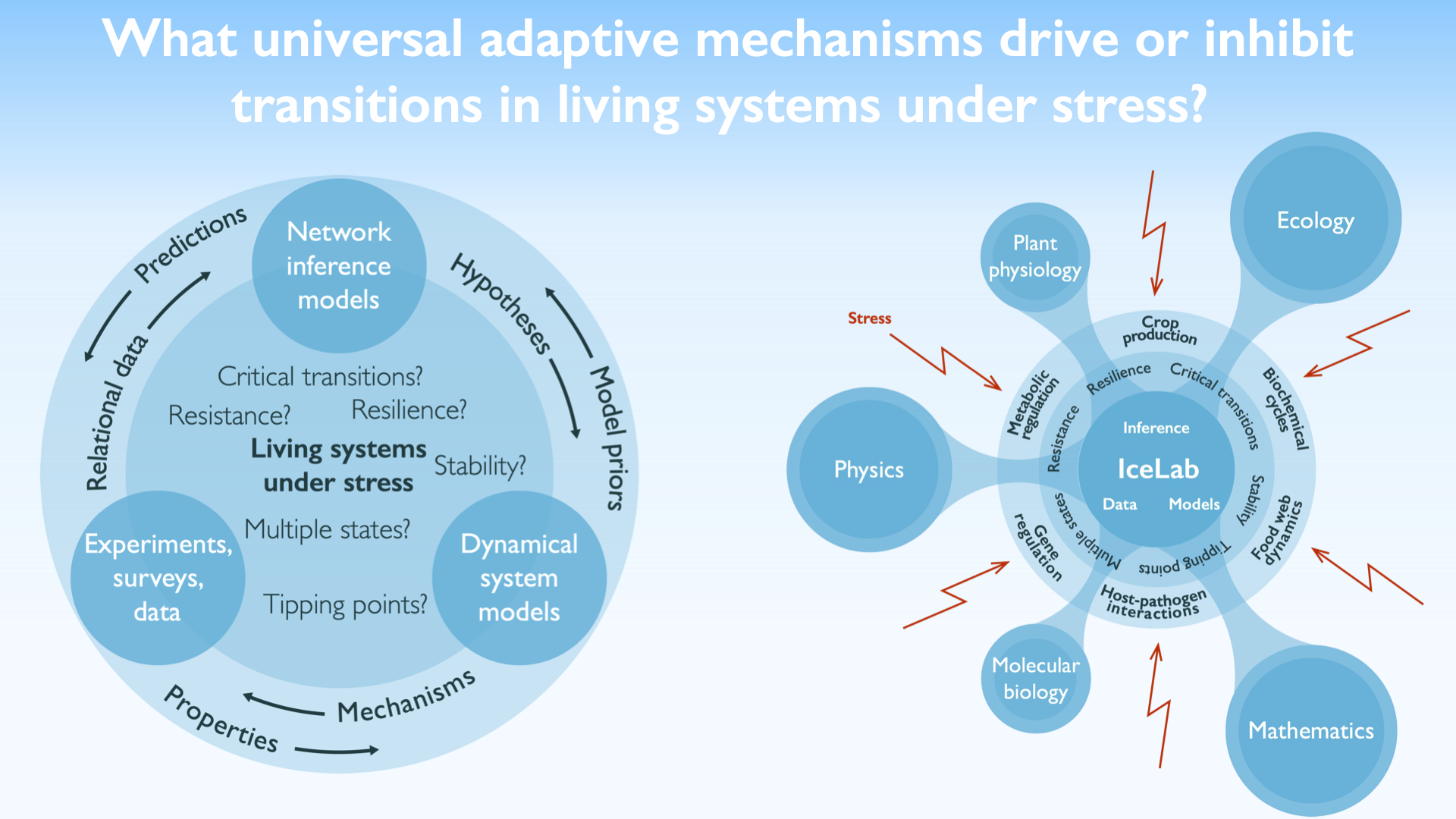Profile
Maria Fällman is a professor in Medical microbiology at Umeå University´s Department of Molecular Biology and an Icelab Affiliate. She performed her undergraduate studies in Molecular Biology at Umeå University and her PhD studies at University of Linköping, she was recruited to Umeå University as Forskarassistent in 1996.
The research in the Fallman Lab aims at understanding molecular mechanisms behind the ability of bacteria to adapt to different environments. The diverse and complex pathways involved in adaption are attractive as targets for new antimicrobials.
The lab was behind the finding that sub-lethal doses of Yersinia result in persistent infection in mice and that reprogramming of Yersinia gene expression occurs during the persistent state. This involves downregulation of classical virulence genes and upregulation of genes important for adaption to external stress. Mouse infections models of Yersinia pseudotuberculosis and Salmonella enterica Typhimurium are commonly used experimental models.
Current focus is on gene regulation critical for establishment and maintenance of infection in host tissue, involving bacterial adaption mechanisms critical for maintenance of infection. Methodological approaches involve transcriptomic analyses combined with classical molecular biology methods and diverse bacterial functional studies. They recently launced a database PATHOgenex (http://www.pathogenex.org) with gene expression data of more than 30 human pathogens exposed to different stress conditions. The group has put a lot of efforts to develop advanced methods for RNA extraction from complex tissue samples and performs in vivo gene expression analyses of both Yersinia and Salmonella. Data analyses are now expanded to include analyses of heterogenous gene expression and system biology and machine learning, approaches to resolve complexity.
Another interest in the group is regulation of and molecular mechanism behind induction of expression and translation of genes on the Yersinia virulence plasmid, with subsequent virulence effector translocation by the Type Three Secretion System (T3SS). Together with the Wolf-Watz lab they previously demonstrated the alternative mechanism for T3SS delivery from the bacterial surface. Current work focuses on the molecular mechanisms behind the on/off switch for expression and translocation of T3SS as well as other regulatory mechanisms involved in virulence induction.
Current Projects
The Latest Posts
Posts about this Icelabber




